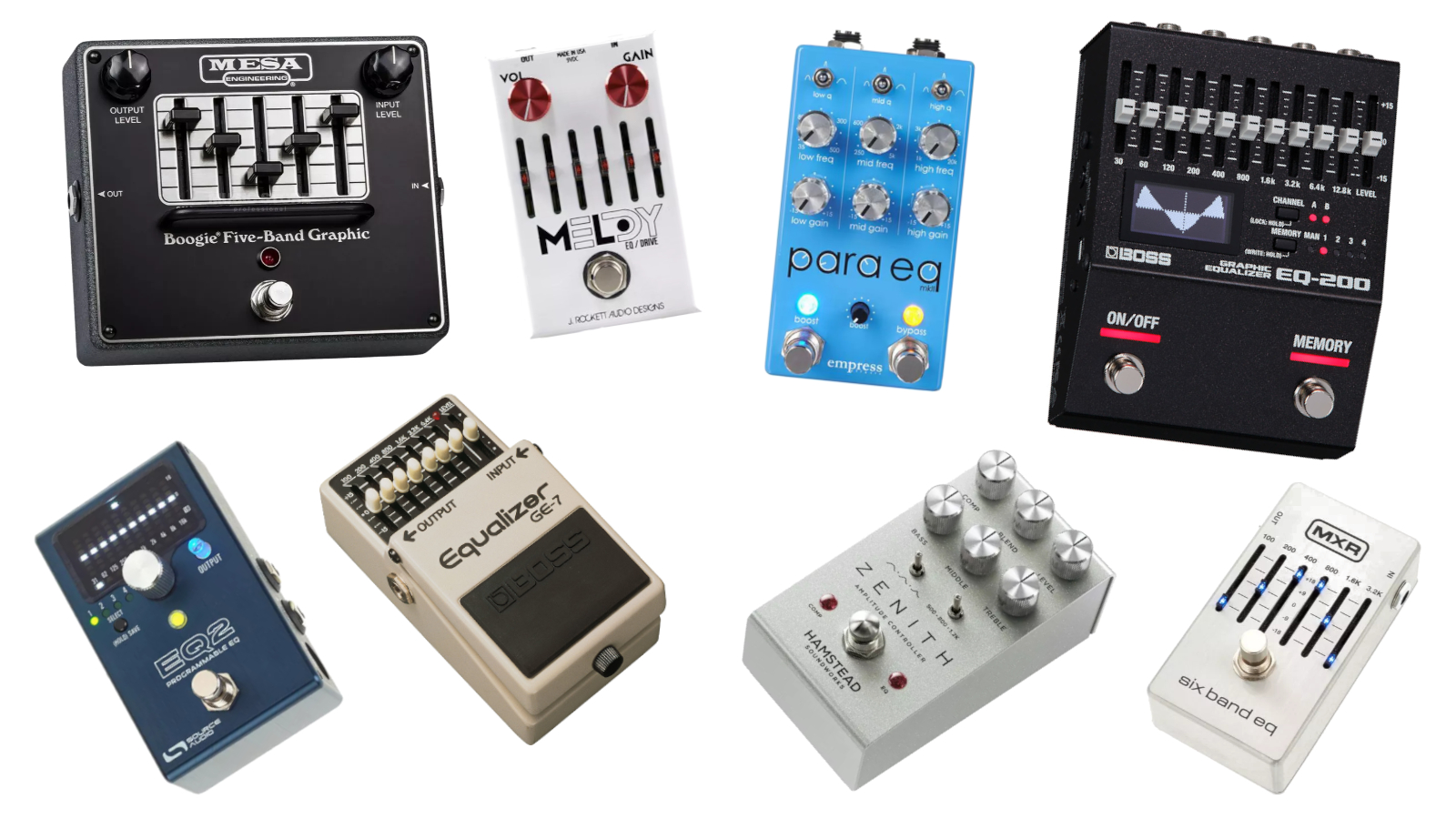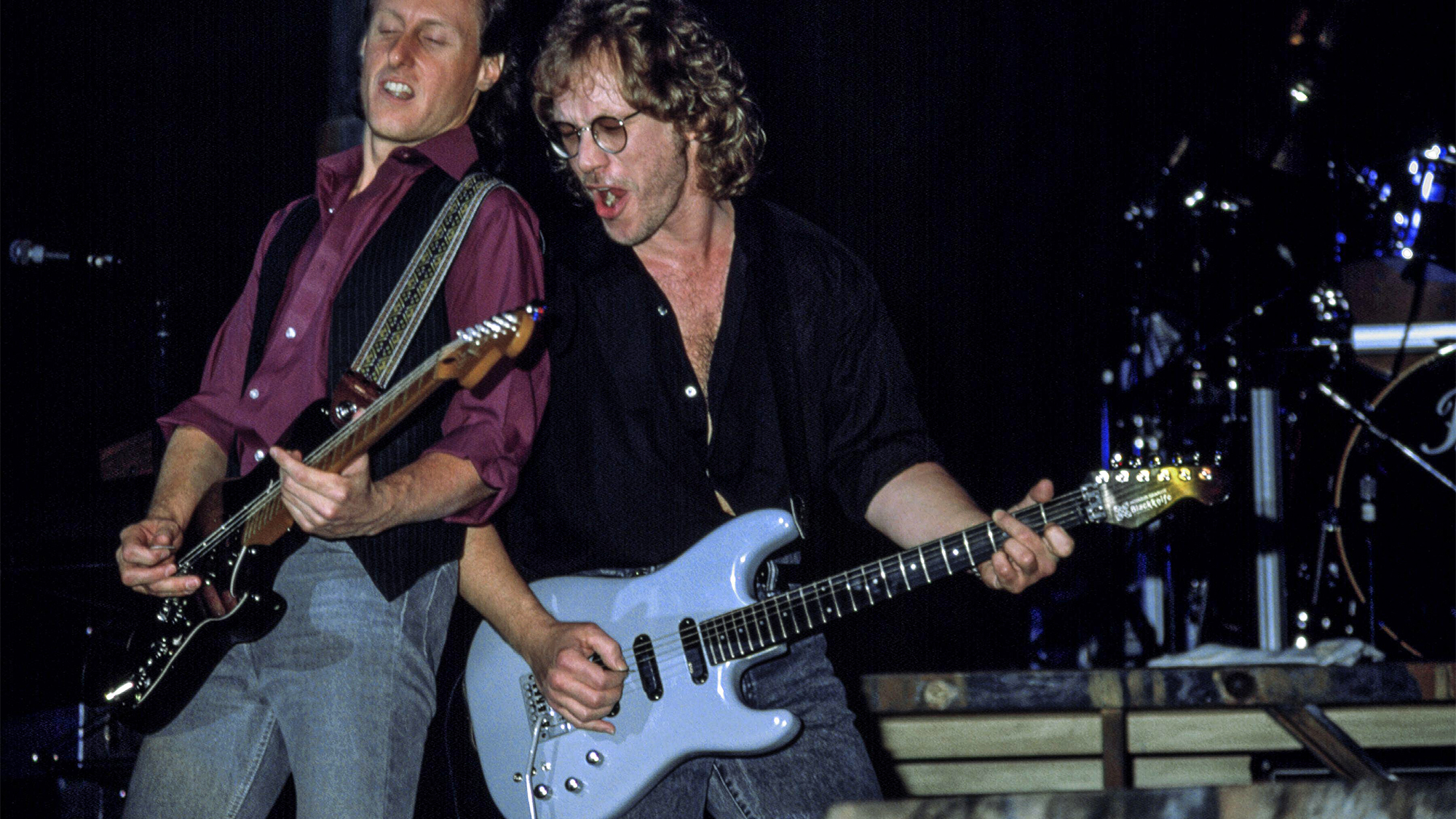Make Your Tone Stand Out With These Seven Pro Tips on Guitar EQ
Whether you want to improve tightness, clarity and articulation or add beef, brightness and sparkle, this short guide has you covered

You can make dramatic changes to a guitar’s tone with EQ, and the settings below offer some common tonal options.
Note that if distortion is part of the signal chain, patching EQ pre-distortion causes a boosted range to distort more readily, and thus changes the distortion intensity and tone. Post-distortion EQ affects only the distortion tone.
1. Tighten
Insert a sharp high-pass filter to reduce frequencies below about 100Hz.
This opens more room for the bass and kick, and also gives more of an open-back cabinet sound.
2. Beef Up
Too much boost in the 200Hz to 400Hz range often results in a muddy tone, but a little boost can give a beefier sound.
However, many instruments have energy in this range, so a boost is most effective if the guitar isn’t competing with other instruments.
Use a parametric stage with moderate Q (resonance). Too wide a Q increases the risk of muddiness, whereas too narrow a Q can give a more gimmicky, “plastic” sound.
All the latest guitar news, interviews, lessons, reviews, deals and more, direct to your inbox!
3. Airy & Bright
The usual choice is a high-shelving EQ set for lots of boost with the shelf leveling off at around 5kHz.
This raises the level of frequencies above the notes themselves, which emphasizes harmonics and adds gloss to humbuckers and acoustic guitar sounds.
4. Boomier
A low-shelving EQ that starts boosting at around 200Hz does the job.
Alternatively, a parametric stage boosting at around 100Hz to 150Hz can also give a bassier sound.
5. Articulate
Boosting in the 3kHz to 4kHz range brings out harmonics, pick noise and transients, but be careful, the ear is most sensitive in this frequency range, so a little bit of boost goes a long way.
When you need a guitar to cut through a mix or live performance setup, boosting this range will help.
6. Honk
A boost at 1kHz to 2kHz emphasizes the tone between beef and articulation.
The sound is thick, but not quite as dark as the beefy frequencies, or as prominent as the articulation range.
Boosting the honk frequencies post-distortion provides a smoother, more prominent guitar solo.
Boosting pre-distortion gives a more touch-sensitive feel in the upper notes for leads.
7. Smile
This uses a very broad Q that cuts around 300Hz to 500Hz to “knock a hole” in the midrange, while leaving the highs and lows intact.
A cut this major reduces the overall level quite a bit, so compensate by bringing up the gain.
This curve is particularly useful when the guitar needs to get out of the way of other instruments, but still have a presence.
